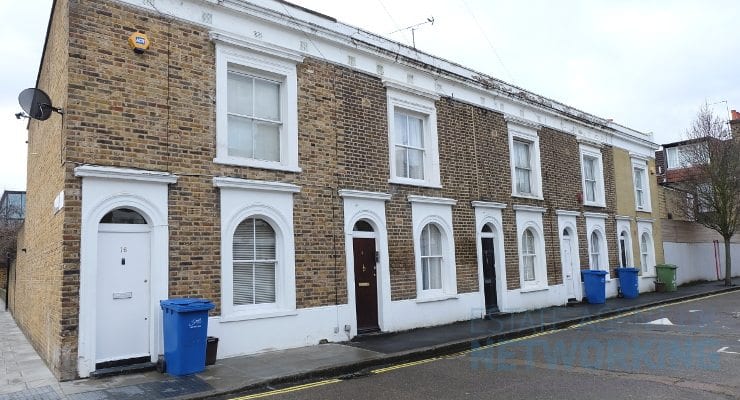Are 100% Mortgages A Good Idea For First Time Buyers?
When it comes to getting on the property ladder, saving for the deposit is – at risk of mixing metaphors – often the toughest hurdle to overcome. By 2016, the average deposit for a first time buyer was more than £30,000, meaning the upfront cost of a house is higher than the average annual salary and almost double the typical deposit paid in 2007.
So, what if you could bypass the need for a deposit? What if you were able to buy the whole house with a mortgage – wouldn’t that be a way to help first time buyers who are ready to afford everything but the deposit?
100% mortgages are making a comeback
For some, 100% mortgages were synonymous with the housing market at a time when the bubble was about to burst. Indeed, in 2007 there were 238 different 100% mortgages available and they pretty much disappeared overnight during the crash in the years that followed.
By 2016 there were eight products – with Barclays among the providers prepared to lend the full cost of a home to borrowers.
Yet, in a bid to offer a level of protection to lenders, most of the mortgages require at least some input from parents or family members. Some ask for guarantees from parents – securing a first time buyer’s mortgage against their property – or for them to put an amount of money into an account and keep it there for a set period, after which it is returned to them if their child keeps up with their mortgage payments.
It’s clear, then, that such 100% mortgages can only really be a good idea for people with parents who are able to offer support, even if it’s not a gift or loan of a deposit. Borrowers will need to convince their parents that they won’t do anything that requires those guarantees to be called in before they can approach a bank.
Buying a home as a first time buyer can get quite daunting, but fortunately, there are now various online resources that make the process of buying a house and applying for mortgages easier. Online resources such as the Own Up Blog provide plenty of helpful articles to help improve your knowledge about mortgages and real estate.
Problems with 100% mortgages
While a 100% mortgage might sound like a good idea, they don’t always offer a good deal. The biggest risk is that the home could reduce in value and leave the borrower in negative equity – a term meaning someone owes the lender more money than the property is actually worth.
Lenders worry about this because it might mean that they cannot get all of their money back by repossessing a house if the worst were to happen. If this happens to too many people in too short a period, then the market itself would be in trouble – which is why some economists are nervous about 100% mortgages becoming too widespread.
As a result, lenders who offer these products might wish to mitigate against that risk by charging a higher interest rate on their mortgage.
Mortgages are, by their nature, very long term financial products that cause people to pay a substantial amount of interest. The best arrangements tend to involve borrowers paying as much as they can of this burden up front to reduce the size of their loan and interest bill in time.
Even a five or ten per cent deposit can make a big overall difference when it comes to weighing up the relative merits of different mortgages.
The existence of 100% mortgages, therefore, is something that should provoke caution. Lenders need to be cautious over who they approve for such deals – and seem to be asking for evidence of the ‘bank of mum and dad’ from applicants – while borrowers need to be careful about getting the right deal. The market too needs both sides to be cautious to avoid creating another bubble that could burst down the line.








